Glite for drywall is used in cases where there is a plane with non -critical changes. And at the same time they do not play any role of potholes or unevenness. The advantage of this method is that you will not need to mount a galvanized crate. This is saving time and means. Also, the lack of a metal frame will save the area of the room.
We carry out preparatory work
Video tide of installation of drywall for glue
In case of any decoration, depending on the planned work, certain rules for preparing surfaces must be followed. You can mount gypsum cardboard at glue at a temperature of at least +5 ° C (this factor should be taken into account in winter). The surface of the wall on which the sheets will be glued should be clean and dry. If it has the remains of the old finish, they must be completely removed. To achieve the most effective result, you also need to bring down all the protruding parts. Walls erected from non -absorbing materials, such as brick, can be primed with a regular primer. But plaster, aerated concrete and foam concrete must be treated with a primer penetration with a primer.
At the same time, dusty work should not be carried out in the room, since dust will settle on the walls. Glues for drywall are poorly adopted with dusty surfaces, and the quality of the subsequent installation can be called into question. The next step is the preparation of drywall directly. It is necessary to make markings in advance on the walls, cut the sheets in height and cut holes for sockets and switches.
Hypsum cardboard gluing technology cannot be used for ceilings.
Preparation of glue and its consumption rate
The video shows the process of installing drywall on glue
Before installation, you need to decide on which glue glue drywall. In principle, there are methods in which sheets are fastened simply on putty. In some cases, they can be justified, but we need the most reliable material. And it exists. Pervice gypsum plastone is considered one of the best.
Glue is stirred with a construction mixer, pouring water into a container in advance in a container. After a couple of minutes, the mass should be mixed thoroughly again so that the glue becomes more homogeneous and plastic. Depending on the desired consistency, you can take a little less or slightly more water. The main thing is that in no case do not add other building mixtures to the container, because they can change the properties of glue. Glue consumption is approximately 2-5 kg per 1 m2, provided that the layer thickness will be 1 mm. With an increase in thickness, consumption will increase and.
Hypsum cardboard installation technology for glue
Since we sheathe walls, you need to use precisely wall drywall. It has sufficient strength, rigidity and resistance to mechanical damage. So, we pick up the glue on the spatula on the wall. If in the future you plan to hang something on the walls, then on the alleged line along which drilling will take place, you need to distribute the glue with a continuous strip. You also need to add two vertical point “paths” at a distance of about 40 cm from the edges. You can apply glue not on the wall, but on the inside of the drywall according to the same scheme as described above.
We put a drywall on the priest, and you need to do this with maximum caution so as not to damage the bottom, and glue it to the surface of the wall. Next, with the help of light shocks, level the sheet by level. Here it is better to resort to the help of a rubber hammer or just substitute a rail. Correct the position of drywall is possible within 10 minutes. The next sheet is glued to the previous one. Well, after all the work, we process the seams of drywall, and the perfectly flat surface is ready for further finishing.
How to make glue for LGK yourself
From this article you learned what glue glue to glue. However, in exceptional cases, it can be made by themselves. First, prepare putty. It is better to take starting, but you can use the finish. Knead the solution of optimal density. It will simply slope very liquid and the leaf will not stick, and a very thick may not properly attach both to the wall and the gypsum.
The putty itself does not have sufficient adhesive properties. Therefore, the usual PVA glue will need to be added to the solution. PVA consumption rate is 1 kg per 13-15 kg of putty. After stirring, you need to give the glue to brew for 2-3 minutes, and then you can already do the installation of drywall.


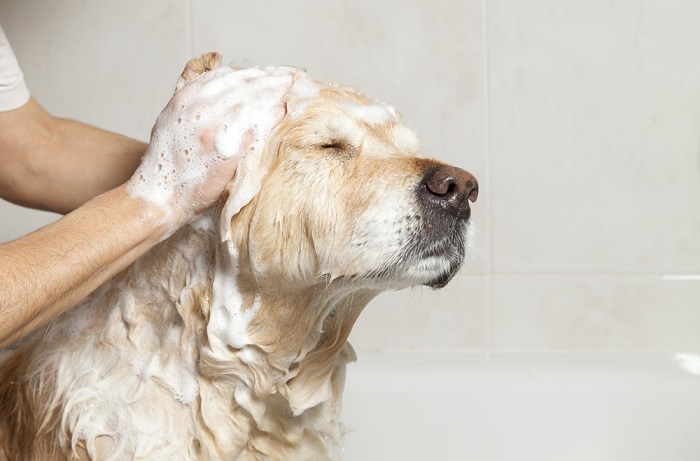
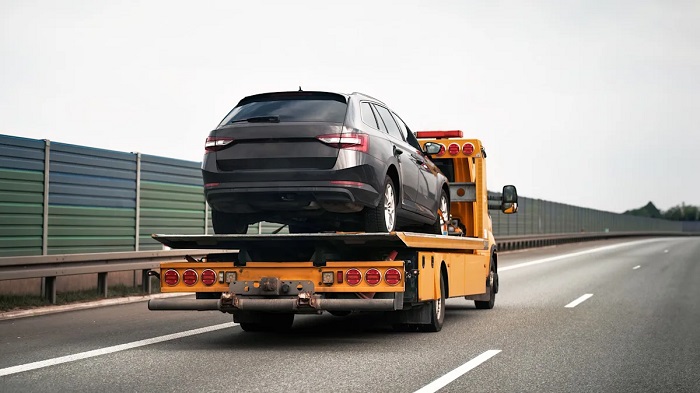
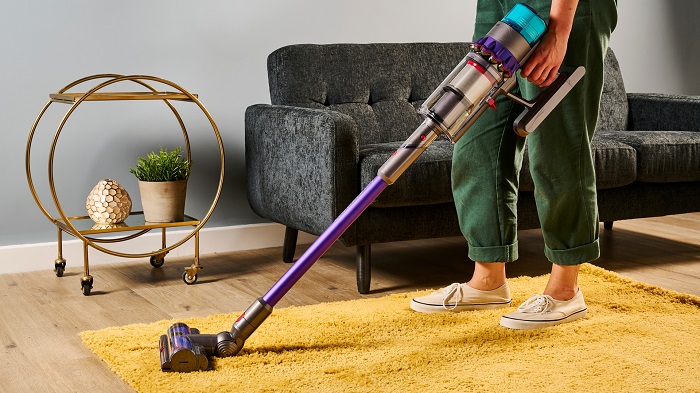

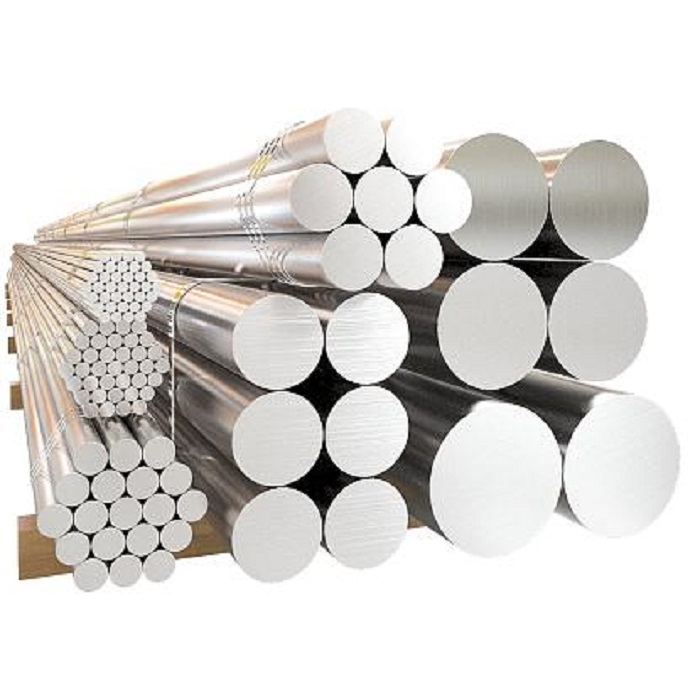
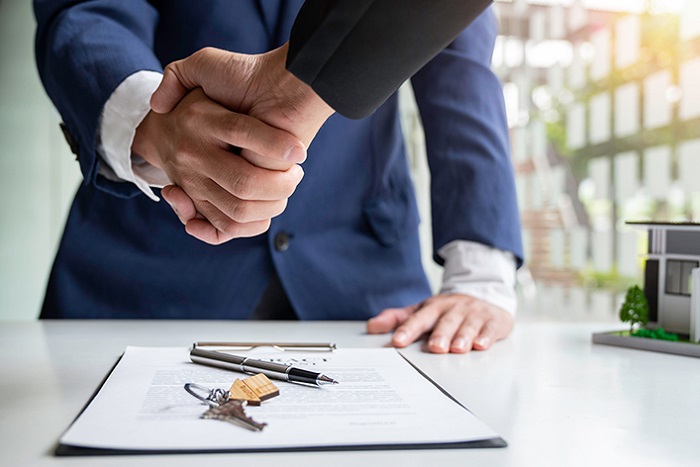
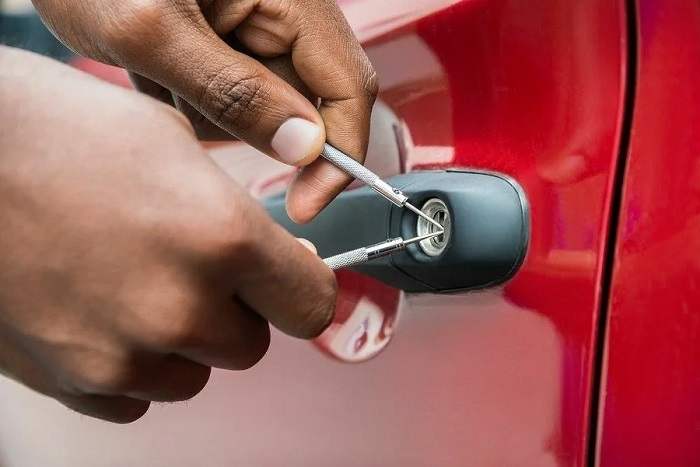
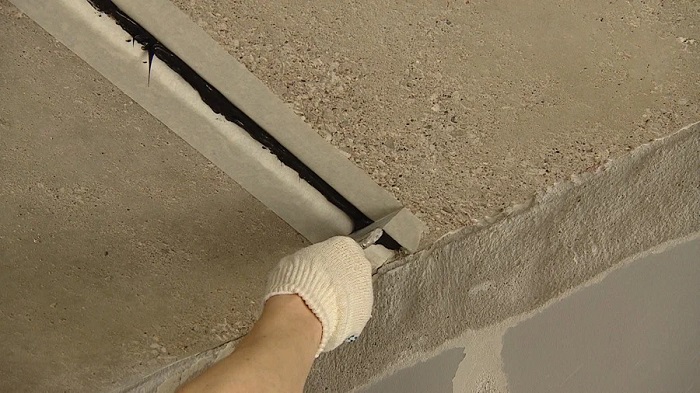


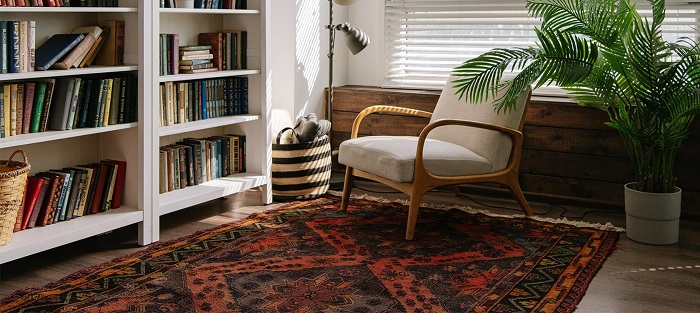
Leave a Reply